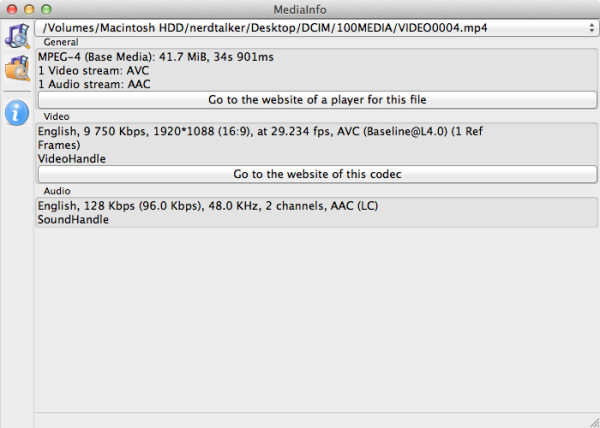I think you're a bit confused. The LTE modem has to be separate from the Exynos because there just isn't any Exynos SoC with an LTE modem baked in. So far, the only SoC with an intergrated LTE solution is the Qualcomm S4 Krait, which is why our LTEvo has it, the AT&T LTE HTC One X has it, the new Droid will have it, and the US/LTE version of the Galaxy S3 will have it.
The decision making process goes in the opposition direction of the way you indicated -- it's that an integrated solution reduces the space needed, is more power economical, is cheaper, and is easier to implement -- not that they need more space and then must go with an integrated solution.
At any rate, every mobile device has a DAC chip and OPAMPs on board -- they must if they produce any audio, as the DAC is what converts digital audio files into actual sound (digital to analog converter). The thing here is that what DAC and OPAMPs you choose will greatly influence the quality of the sound--some are better (and more expensive) than others (things like frequency range, sound/noise ratio, etc.). Wolfson Micro has one of the best reputations for DACs, and they have been featured in iPods, the Galaxy S2, and reports say the (thinner than LTEvo) Galaxy S3 will be sporting a Wolfson Micro DAC. The HP Touchpad with Beats Audio is also sporting such a DAC. These devices are known to have superior audio quality.
So ultimately, it's not a space question because all phones have a DAC, it's just a matter of what DAC you're putting in: a cheap one, or a nice one.











